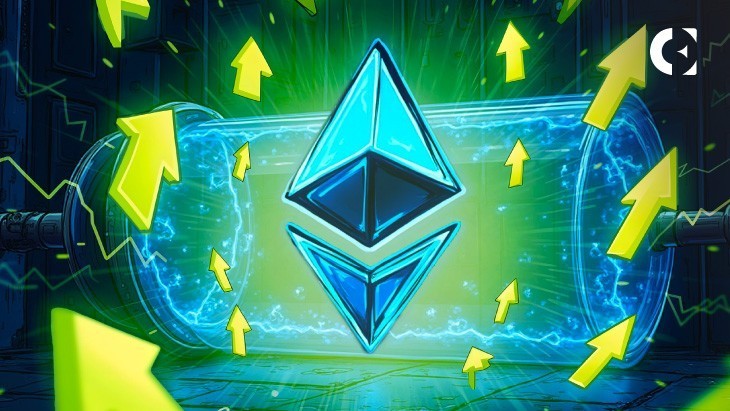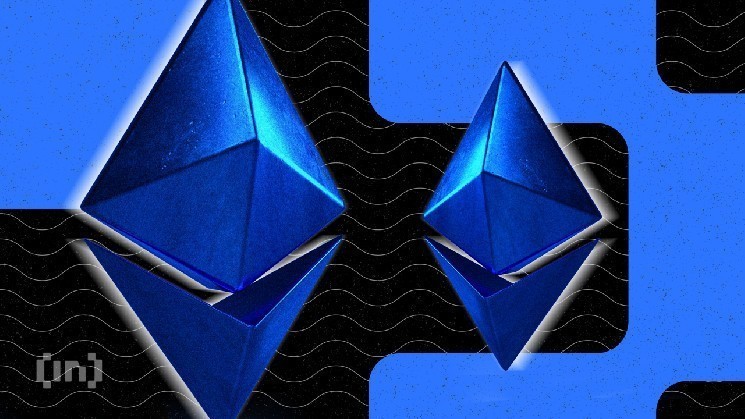Ethereum’s second-largest staking protocol, SSV Network, has just rolled out the SSV2.0 testnet—and it could be one of the most important shifts in validator infrastructure since staking went live.
—
SSV2.0 introduces a new concept: Based Applications (bApps). These bApps allow developers to source security directly from Ethereum’s L1 validator set, slashing costs and making it possible to build secure, scalable applications without relying on the capital-heavy constraints of restaking.
The result? A more inclusive, cost-efficient path to Ethereum innovation that could bring new utility, rewards, and momentum to the network.
“Based applications unlock a new era of decentralised innovation, where Ethereum’s robust validator network can empower developers to build secure, scalable protocols, whilst validators earn enhanced rewards. This will drive a blue ocean marketplace that strengthens the entire ecosystem and puts Ethereum back on the right track, helping accrue value back to the L1.”
Alon Muroch, Founder of SSV Labs & Core contributor to SSV Network
From Passive Validators to Active Security Engines
SSV Network already secures ~10% of all staked ETH across more than 100,000 validators. With SSV2.0, those validators can now do more than just sit idle. They become engines of security and value, opt-ing into bApps without needing to lock up additional capital. For Ethereum, which is under pressure to retain developers and users, this shift couldn’t come at a better time.
Instead of competing for capital in zero-sum games, SSV2.0 introduces an “infinite-sum” economy where validators, developers, and stakers all win. Validators earn more, developers pay less, and applications scale faster with adjustable risk settings and seamless deployment.
bApps: Native, Flexible, and Capital-Efficient
At the heart of SSV2.0 is the “based application” (bApp)—a protocol or service that secures itself directly through Ethereum’s validator layer. From rollups to bridges and even AI use cases, bApps can launch faster using a mix of non-slashable (validator balance) and slashable (ERC-20) assets.
This hybrid model cuts security costs by up to 90% while giving developers full control over risk and scalability. bApp deployers can choose higher yields through riskier strategies or safer routes with lower rewards—creating flexible, capital-efficient options.
Delegations, Strategies & Earning More from Staking
SSV2.0 also unlocks new income streams for validators and stakers.
By delegating validator balance or depositing ERC-20 tokens into strategies, users can secure multiple bApps and earn diverse rewards—without compromising custody or facing extra slashing risk.
Strategies function like DeFi vaults, optimizing asset use and distributing yield. With adjustable obligation ratios, bApps can tailor how security is allocated, allowing for custom scaling and reward structures. Everything can be deployed and managed directly from the SSV2.0 testnet UI.
Getting Started: SSV2.0 Testnet Now Live on Hoodi
The SSV2.0 testnet is now live on the Hoodi network (RIP Holesky). A unified web app experience allows users to explore live bApps, create strategies, and experiment with delegations—all in a risk-free environment. Developers can use the updated SDK, subgraph, and documentation to build their own bApps and test integrations ahead of mainnet deployment.
SSV Labs has also launched the first test bApp—SSV Chain—on Hoodi to serve as an example of what’s possible. More integrations and ecosystem tools are expected to follow.
Why This Matters for Ethereum
Ethereum has long struggled with capital inefficiency and fragmentation in its staking and security ecosystem. SSV2.0 offers a compelling alternative to restaking by turning Ethereum’s validator network into a scalable, developer-ready layer for securing any kind of application.
With flexible rewards, cost savings for developers, and smarter use of Ethereum’s infrastructure, SSV2.0 could be a game-changer for the L1’s long-term value accrual. To explore the testnet and learn more, visit ssv.network or dive into the SSV2.0 docs for details on how to build, delegate, or stake in the based economy.















Leave a Reply